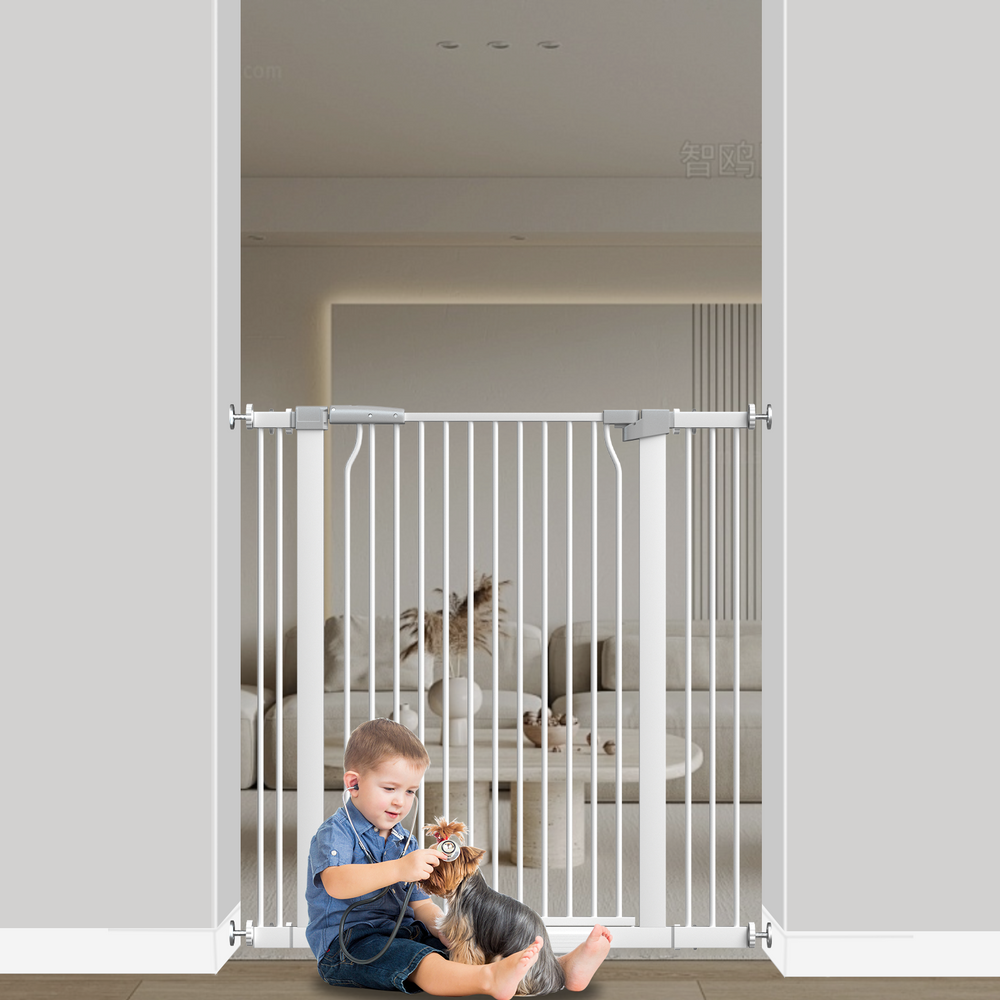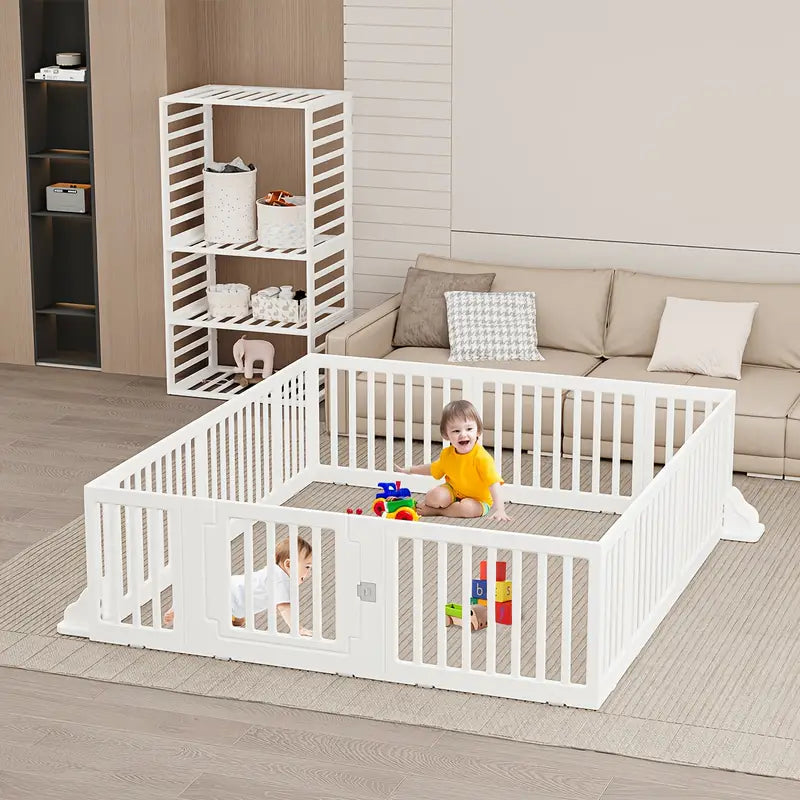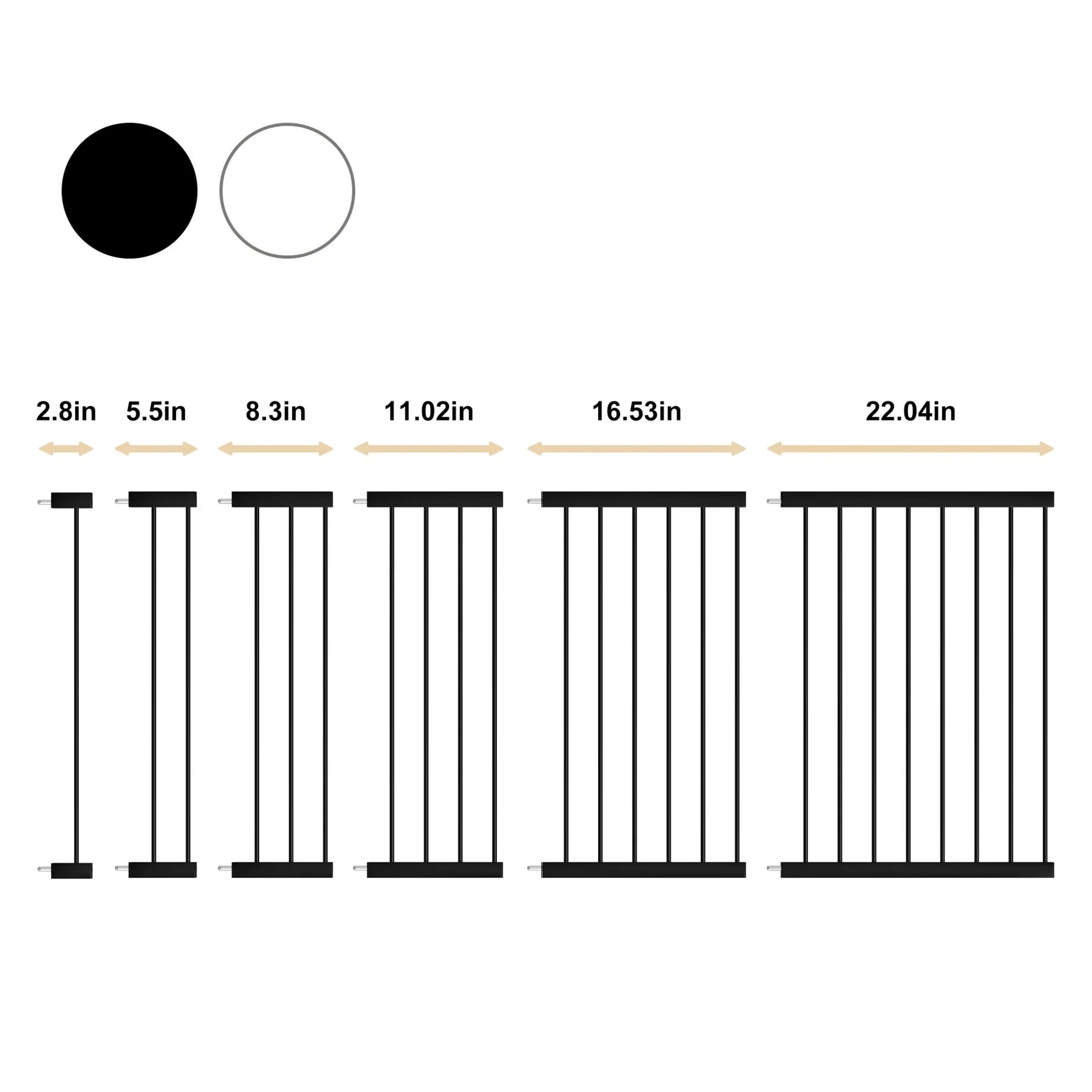Essential Tips for Preventing Choking Hazards at Home: A Guide for Families
Understanding Choking Hazards at Home
Common Choking Hazards
Okay, so what exactly are we talking about when we say "choking hazards"? It's not just about big things getting stuck. We're talking about anything that can block a child's airway. This includes food, toys, and even household items. It's kind of scary when you start to think about all the possibilities.
Here's a quick rundown of some common culprits:
- Food: Hot dogs, grapes, nuts, popcorn, hard candy. Basically, anything small, round, or hard is a potential problem. Even things like chunks of cheese or meat can be risky.
- Toys: Marbles, small balls, toys with small parts, balloons (especially deflated ones). Anything that can fit in a child's mouth is a no-go.
- Household Items: Coins, buttons, batteries, pen caps. You'd be surprised what kids will try to put in their mouths!
It's easy to get complacent, especially if you have older kids and you're used to having certain things around. But you really need to be vigilant, especially with babies and toddlers. Get down on their level and see what they see. You'll be shocked at the hazards you find.
Why Young Children Are at Risk
Young children, especially those under the age of 4, are at a higher risk of choking for a few reasons. First off, their airways are smaller than those of adults. Makes sense, right? But it means that even a small object can completely block their breathing. Also, they're still learning how to chew properly. They might not grind their food well enough before swallowing, which can lead to problems. And let's be honest, they're curious! They explore the world by putting things in their mouths. It's how they learn, but it's also how they get into trouble. Plus, their gag reflex isn't fully developed yet, so they might not be able to cough up an object that's stuck.
Signs of Choking to Watch For
Knowing the signs of choking is super important. If you see a child choking, you need to act fast. Here's what to look for:
- Inability to cough, cry, or talk: This is a big one. If they can't make any noise, something's definitely wrong.
- Bluish skin color (cyanosis): This means they're not getting enough oxygen. Look around their face, especially their lips.
- Difficulty breathing or noisy breathing: They might be gasping for air or making a high-pitched sound.
- Loss of consciousness: If they pass out, it's an emergency.
- Universal choking sign: Clutching at the throat with their hands. This is a clear signal that they're choking.
| Sign | Description |
|---|---|
| Inability to cough | Child cannot produce a forceful cough. |
| Bluish skin | Skin, especially around the mouth, turns blue due to lack of oxygen. |
| Difficulty breathing | Gasping, wheezing, or struggling to breathe. |
| Loss of consciousness | Child becomes unresponsive. |
| Universal choking sign | Child grabs at their throat. |
If you see any of these signs, don't hesitate. Start first aid immediately and call for help if needed.
Safe Food Practices for Children
Cutting Food into Safe Sizes
Okay, so when it comes to kids and food, size really does matter. I remember when my little one, Emily, was just starting on solids. I was so nervous about her choking! The key is to cut everything into pieces no bigger than half an inch. Think about it – that's about the size of your pinky nail. Grapes? Quarter them. Hot dogs? Slice them lengthwise, then chop them. Carrots? Cook them until they're soft, or shred them. It might seem like a pain, but it's way better than dealing with a choking scare.
Foods to Avoid for Young Children
There are some foods that are just trouble waiting to happen. I learned this the hard way when my nephew choked on a grape at Thanksgiving. It was terrifying! So, what should you avoid giving to kids under four? Whole grapes, nuts, popcorn, hard candy, and raw carrots are big no-nos. Also, be careful with things like hot dogs and sausages; they're the perfect size to block a kid's airway. Peanut butter can also be tricky because it's so sticky. Spread it super thin, or mix it with something else to make it easier to swallow. Here's a quick list:
- Whole grapes
- Nuts and seeds
- Popcorn
- Hard candy
- Raw carrots and celery
It's not about depriving your kids; it's about keeping them safe. There are plenty of other yummy and safe foods they can enjoy. Just be mindful of the texture and size, and you'll be good to go.
Encouraging Proper Chewing Techniques
Teaching kids how to eat properly is just as important as what they eat. I always tell my kids to chew their food well before swallowing. It sounds simple, but you'd be surprised how many kids just gulp things down. Make sure they're sitting down while they eat, too. No running around with food in their mouths! It's also a good idea to avoid distractions like TV or phones during meal times. This helps them focus on their food and chew properly. If they are crying, don’t give your child food while they’re crying. Your child won’t be able to chew and swallow their food properly if they’re crying. If you want to learn more, there are resources for choking first aid available online. Also, remember to supervise your babies when they are eating or playing.
Here's a few tips:
- Model good chewing habits: Kids often mimic what they see, so show them how to chew thoroughly.
- Create a calm eating environment: A relaxed atmosphere encourages slower, more mindful eating.
- Remind them to chew: Gently prompt them to chew their food well before swallowing, especially with new or challenging textures.
And if you're ever unsure about safe toys or foods, don't hesitate to ask your pediatrician. They're a great resource for all things kid-related!
Toys and Household Items to Avoid

Identifying Small Parts in Toys
Okay, so toys are supposed to be fun, right? But some can be secretly dangerous. The biggest issue is small parts that can easily detach. We're talking about things like buttons on stuffed animals, little wheels on toy cars, or those tiny plastic pieces that come with construction sets. Always check toys regularly for loose bits. If something looks like it could come off, either fix it or toss the toy. It's better to be safe than sorry. Also, be careful with toys from vending machines; they often don't have to meet the same safety standards as other toys.
Household Items That Pose Risks
It's not just toys we need to worry about. Everyday household items can also be choking hazards. Think about things like:
- Coins
- Batteries (especially button batteries)
- Small magnets
- Jewelry
It's easy to overlook these things because they're just part of our daily lives. But to a toddler, they're interesting objects to explore with their mouths. Keep these items out of reach, preferably in locked cabinets or high shelves. A good rule of thumb: if it can fit through a toilet paper roll, it's too small and needs to be put away.
Age Recommendations for Toys
Toy manufacturers put age recommendations on packaging for a reason. It's not just a suggestion; it's based on safety testing. Always pay attention to the age range and don't give a toy meant for older kids to a younger child. They might not have the developmental skills to play with it safely, and it could have small parts that are choking hazards. Also, think about older siblings. Make sure they know not to leave their toys with small parts lying around where younger kids can get to them. It's a team effort to keep everyone safe. Consider buying toys appropriate for your child's age.
Supervision and Mealtime Safety
Importance of Adult Supervision
Okay, so, this might seem obvious, but seriously, adult supervision during mealtimes is non-negotiable. Kids, especially the little ones, are still figuring things out. They don't always chew properly, they get distracted, and before you know it, something that should have been a tasty snack turns into a choking hazard. It's not about hovering, but being present and attentive can make all the difference. I remember this one time, my nephew was eating grapes, and I looked away for literally two seconds to grab a napkin, and he started choking. Luckily, I knew what to do, but it was a wake-up call.
Creating a Safe Eating Environment
Think about where your child is eating. Are they running around? Lying down? These are big no-nos. A safe eating environment means:
- Kids should be sitting down, preferably in a high chair or at a table. No running around with food!
- Minimize distractions. Turn off the TV, put away the toys. Focus on the food.
- Make sure the lighting is good. You want to be able to see what your child is eating and how they're eating it.
Creating a calm and structured mealtime routine can significantly reduce the risk of choking incidents. It's about setting the stage for safe eating habits from the get-go.
Teaching Children Safe Eating Habits
It's not enough to just supervise; you need to actively teach your kids how to eat safely. This means:
- Encouraging them to chew their food thoroughly. Model good chewing habits yourself!
- Taking small bites. No stuffing their mouths full.
- Not talking or laughing with food in their mouths. This is a tough one, but important.
- Explaining why certain foods need to be cut up into smaller pieces. Make it a learning experience, not just a rule. You can find CPR classes in your area to learn more about choking hazards. Also, be aware of blocked access to certain websites that may contain information about choking hazards.
Here's a simple table to illustrate age-appropriate food preparation:
| Age Group | Food Preparation | Examples |
|---|---|---|
| 6-12 months | Pureed, mashed | Applesauce, mashed sweet potato |
| 12-18 months | Small, soft pieces | Diced avocado, cooked pasta |
| 18-24 months | Bite-sized pieces | Quartered grapes, shredded chicken |
Emergency Preparedness for Choking Incidents
It's something no parent wants to think about, but being prepared for a choking incident can make all the difference. Knowing what to do in those crucial moments can save a life. Let's walk through some essential steps to ensure you're ready to act quickly and effectively.
Recognizing Choking Emergencies
First things first, you need to be able to tell when someone is truly choking. It's more than just coughing. Look for signs like an inability to speak or cry, difficulty breathing, a bluish color to the skin (cyanosis), and panicked gestures. If someone can't cough forcefully or speak, it's a serious situation that requires immediate action. Don't hesitate – every second counts.
Basic First Aid for Choking
Okay, so you've identified someone is choking. What now? Here's a quick rundown of the steps for both adults/children and infants:
- For Adults and Children:
- Ask: "Are you choking? Can you speak?"
- If they can't speak, tell them you're going to help.
- Give five firm back blows between the shoulder blades with the heel of your hand.
- If that doesn't dislodge the object, perform five abdominal thrusts (Heimlich maneuver). Place a fist slightly above their navel, grasp your fist with your other hand, and give a quick, upward thrust.
- Alternate between five back blows and five abdominal thrusts until the object is dislodged or the person becomes unresponsive.
- For Infants:
- Hold the infant face down along your forearm, supporting their jaw and chest.
- Give five firm back blows between the shoulder blades using the heel of your hand.
- If that doesn't work, turn the infant face up, supporting their head and neck.
- Place two fingers on the middle of the infant's breastbone, just below the nipple line, and give five quick chest thrusts.
- Alternate between back blows and chest thrusts until the object is dislodged or the infant becomes unresponsive.
It's a good idea to practice these techniques on a mannequin or during a CPR class. This will help you feel more confident and prepared if you ever need to use them in a real emergency. Remember, proper technique is key to effectively dislodging the object and preventing further harm.
When to Call for Help
Even if you manage to dislodge the object, it's important to know when to call for emergency medical services. Here are some situations where calling 911 (or your local emergency number) is crucial:
- The person becomes unresponsive at any point.
- You're unable to dislodge the object after several attempts.
- The person has difficulty breathing, even after the object is dislodged.
- The person loses consciousness.
Don't hesitate to call for help if you're unsure. It's always better to err on the side of caution. While waiting for help to arrive, continue administering first aid if the person is still choking. Make sure you have emergency contacts readily available.
Creating a Safe Home Environment
Childproofing Your Home
Okay, so you're serious about making your home a fortress against choking hazards? Awesome! It's not just about stashing stuff away; it's about thinking like a tiny human who's determined to explore the world with their mouth. Get down on your hands and knees. Seriously, do it. What looks harmless from your adult perspective can be a minefield at toddler-level.
- Secure blind cords. Those dangly things are just begging to be played with (and wrapped around necks).
- Cover electrical outlets. Those little holes are way too interesting to curious fingers.
- Anchor furniture. Bookshelves and TVs can topple over if a kid decides to climb them.
Regularly Checking for Hazards
Think of it like this: childproofing isn't a one-time thing. It's more like a subscription you have to renew constantly. Kids grow, they learn new tricks, and they find new ways to get into trouble. So, make it a habit to do regular sweeps of your house. I try to do a quick check every weekend. It's also a good idea to check for safety tips regularly.
- Inspect toys for damage. Loose parts? Broken pieces? Toss 'em.
- Check under furniture. You'd be amazed at what ends up there.
- Look for small objects on the floor. Coins, buttons, beads – they're all potential choking hazards.
It's easy to get complacent, especially if you've been childproofing for a while. But remember, kids are constantly changing, and so are the risks. Stay vigilant, and you'll be one step ahead.
Educating Older Siblings About Risks
If you have older kids, they can be a huge help in keeping your little one safe. But they need to understand the risks involved. Explain to them why certain things are dangerous and how they can help prevent accidents. Make sure they know not to leave small toys lying around and to be mindful of what they're doing when they're around their younger sibling. You can even make it a game! Like, "who can spot the most potential hazards in the living room?" Just make sure they understand the importance of family dynamics and safety.
- Teach them about age-appropriate toys. What's safe for them might not be safe for a toddler.
- Encourage them to put away their toys after playing. This is a big one!
- Explain the dangers of sharing food with small children. Some foods are choking hazards for little ones, even if they're fine for older kids.
Community Resources for Safety Education

Local First Aid and CPR Classes
Okay, so you're serious about keeping your family safe? Great! One of the best things you can do is get trained in first aid and CPR. I know, I know, it sounds like a drag, but honestly, it's super useful. Many local hospitals, community centers, and even fire departments offer these classes. They'll teach you the basics of how to respond to emergencies, including choking incidents. Plus, you'll get a certification that's good for a couple of years. It's a small time investment that could literally save a life. Check out the CPR classes near you.
Online Resources for Parents
If you can't make it to an in-person class, don't sweat it. There are tons of online resources available for parents who want to learn more about safety. Websites like the American Academy of Pediatrics and Safe Kids Worldwide have articles, videos, and checklists on all sorts of safety topics, including choking prevention. You can even find interactive modules that let you test your knowledge. Just be sure to stick to reputable sources – there's a lot of misinformation out there! I found some safety tips online that were really helpful.
Support Groups for Families
Dealing with the stress of keeping your kids safe can be tough, especially if you've had a scare. That's where support groups come in. These groups offer a safe space for parents to share their experiences, ask questions, and get advice from others who understand what they're going through. You can often find support groups through local hospitals, parenting centers, or online forums. It's a great way to connect with other families and build a network of support.
It's easy to feel overwhelmed by all the things you need to do to keep your kids safe. But remember, you're not alone. There are tons of resources available to help you learn, connect, and feel more confident in your ability to protect your family.
Wrapping It Up
In the end, keeping your home safe from choking hazards is all about being aware and proactive. It’s not just about what your kids eat, but also what they play with and where they play. Regularly check your home for small items that could pose a risk, and always supervise young children during meals. Teaching them to chew properly and sit while eating can make a big difference. Remember, it’s better to be safe than sorry. If you have any doubts or need more tips, don’t hesitate to reach out to your pediatrician. They can provide guidance tailored to your child’s needs. Stay vigilant, and keep your little ones safe!






Leave a comment